Premium Only Content
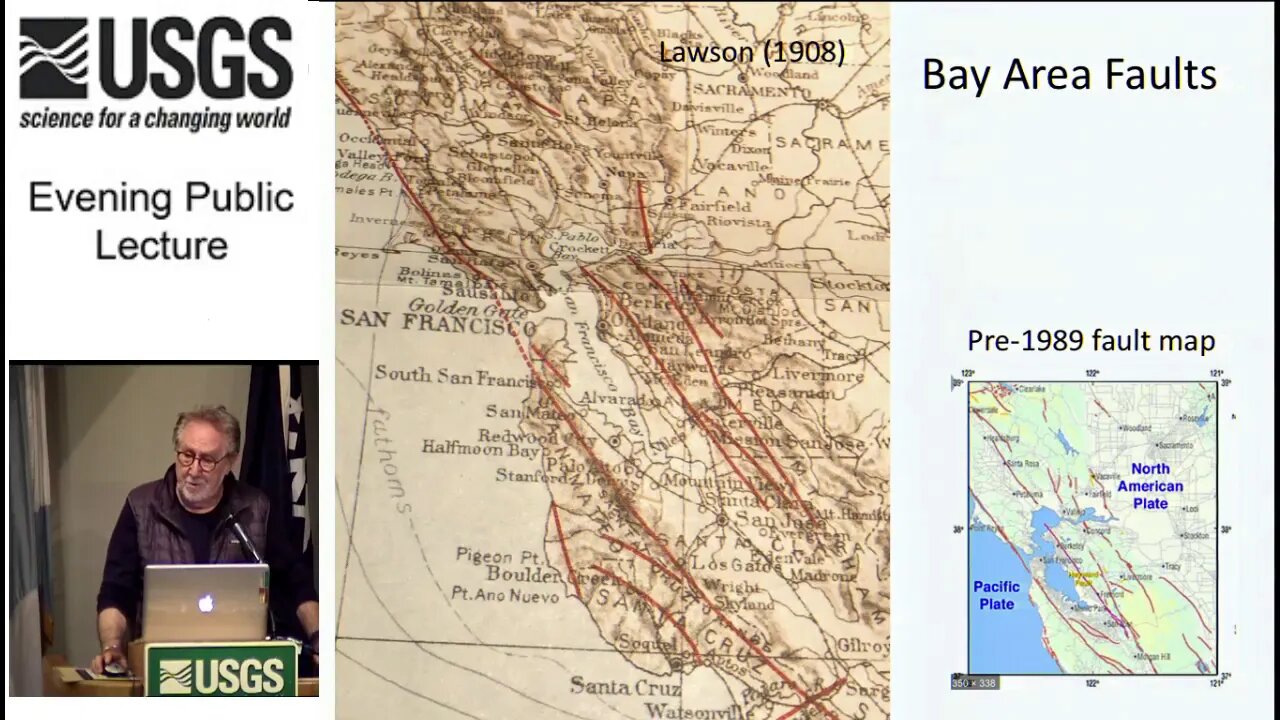
PubTalk 10 2019 — Remembering Loma Prieta Earthquake 30 Years Later
Looking back to see how far we've come.
By: Tom Holzer, David Schwartz, Jessica Murray, and Annemarie Baltay
Closed-captions will be live at the time of streaming at: https://www.captionedtext.com/client/...
- The Loma Prieta earthquake ended decades of seismic tranquility in the Bay Area - Is the earthquake threat in the Bay Area real and imminent?
- Up to $80 billion in earthquake mitigation investments have been made since the Loma Prieta earthquake - are we safer?
- Learn how Loma Prieta has led to improvements to building codes, land use, ground motion simulations, and earthquake early warning.
The earthquake caused severe damage in some very specific locations in the Bay Area, most notably on unstable soil in San Francisco and Oakland. Oakland City Hall was evacuated after the earthquake until a US$80 million (equivalent to US$162 million today) seismic retrofit and hazard abatement work was completed in 1995. Many other communities sustained severe damage throughout the region located in Alameda, San Mateo, Santa Clara, San Benito, Santa Cruz and Monterey counties. Major property damage in San Francisco's Marina District 60 mi (97 km) from the epicenter resulted from liquefaction of soil used to create waterfront land. Other effects included sand volcanoes, landslides and ground ruptures. Some 12,000 homes and 2,600 businesses were damaged.
In Santa Cruz, close to the epicenter, 40 buildings collapsed, killing six people. At the Santa Cruz Beach Boardwalk, the Plunge Building was significantly damaged. Liquefaction also caused damage in the Watsonville area. For example, sand volcanoes formed in a field near Pajaro as well as in a strawberry field. The Ford's department store in Watsonville experienced significant damage, including a crack down the front of the building. Many homes were dislodged if they were not bolted to their foundations. There were structural failures of twin bridges across Struve Slough near Watsonville. In Moss Landing, the liquefaction destroyed the causeway that carried the Moss Beach access road across a tidewater basin, damaged the approach and abutment of the bridge linking Moss Landing spit to the mainland and cracked the paved road on Paul's Island. In the Old Town historical district of the city of Salinas, unreinforced masonry buildings were partially destroyed.
An estimated 1.4 million people lost power following the quake, mainly due to damaged electrical substations. Many San Francisco radio and television stations were temporarily knocked off the air. KRON-TV was off the air for about half an hour, while KGO-AM was off the air for about 40 minutes. About an hour and 40 minutes after the quake, KTVU resumed broadcasting, with their news anchors, Dennis Richmond and Elaine Corral reporting from the station's parking lot. KCBS-AM switched immediately to backup power and managed to stay on air despite a subsequent generator failure. KCBS later won a Peabody Award for their news coverage, as did KGO-TV. Power was restored to most of San Francisco by midnight, and all but 12,000 customers had their power restored within two days.
The quake caused an estimated $6 billion (equivalent to $13 billion today) in property damage, becoming one of the most expensive natural disasters in U.S. history at the time. Private donations poured into aid relief efforts and on October 26, President George H. W. Bush signed a $1.1 billion ($2.2 billion today) earthquake relief package for California.
Four people died in San Francisco's Marina District, four buildings were destroyed by fire, and seven buildings collapsed. Another 63 damaged structures were judged too dangerous to live in
The San Francisco–Oakland Bay Bridge suffered severe damage, as a 76-by-50-foot section of the upper deck on the eastern cantilever side fell onto the deck below. The quake caused the Oakland side of the bridge to shift 7 in to the east, and caused the bolts of one section to shear off, sending the 250-short-ton (230 t; 500,000 lb) section of roadbed crashing down like a trapdoor. Traffic on both decks came to a halt, blocked by the section of roadbed. Police began unsnarling the traffic jam, telling drivers to turn their cars around and drive back the way they had come. Eastbound drivers stuck on the lower deck between the collapse and Yerba Buena Island were routed up to the upper deck and westward back to San Francisco. A miscommunication made by emergency workers at Yerba Buena Island routed some drivers the wrong way; they were directed to the upper deck where they drove eastward toward the collapse site. One of these drivers did not see the open gap in time; the car plunged over the edge and smashed onto the collapsed roadbed. The driver, Anamafi Moala, died, and the passenger, her brother, was seriously injured.
More @ https://en.wikipedia.org/wiki/1989_Loma_Prieta_earthquake#Damage
Subscribe and hit the bell, video feeds from over 150 sources!
-
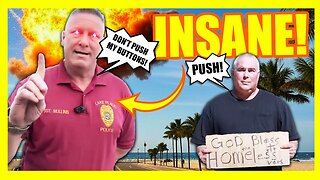 6:34
6:34
Kurt's News
2 months agoBad Cop Harasses The WRONG Guy and INSTANTLY Regrets It
751 -
 LIVE
LIVE
Dad Dojo Podcast
2 hours agoEP22: Don't Talk To My Kid!!!
108 watching -
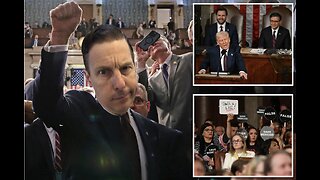 LIVE
LIVE
Jeff Ahern
2 hours ago $2.37 earnedNever Woke Wednesday with Jeff Ahern (big time speech)
497 watching -
 39:10
39:10
Producer Michael
19 hours agoINSIDE AN INSANE MIAMI SUPERCAR COLLECTION!
28.5K3 -
![Dems Proved They Hate America & Angry They Can’t Lord Over All Americans [EP 4461-8AM]](https://1a-1791.com/video/fwe2/9c/s8/1/0/2/G/p/02Gpy.0kob-small-Dems-Proved-They-Hate-Ameri.jpg) LIVE
LIVE
The Pete Santilli Show
11 hours agoDems Proved They Hate America & Angry They Can’t Lord Over All Americans [EP 4461-8AM]
1,600 watching -
 12:32
12:32
Melonie Mac
21 hours agoAmouranth 2A's Intruder
30.8K28 -
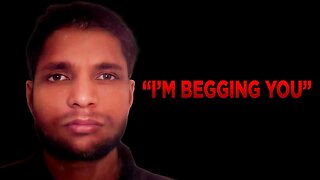 16:39
16:39
Scammer Payback
16 hours agoNo Mercy for this Scammer
26.8K12 -
 31:19
31:19
Uncommon Sense In Current Times
18 hours ago $3.87 earned"The Truth About Government Waste: How USAID is Failing & What Christians Must Do w/ Cheryl Chumley"
26.8K6 -
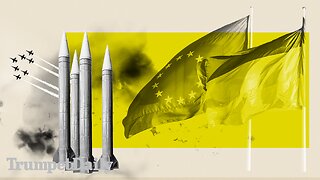 1:00:32
1:00:32
Trumpet Daily
22 hours ago $4.59 earnedA Dangerous Era of Rearmament - Trumpet Daily | Mar. 4, 2025
25.3K8 -
 3:25
3:25
Gun Drummer
23 hours ago $1.37 earnedDrowning Pool - Bodies, Gun Cover
22.6K13